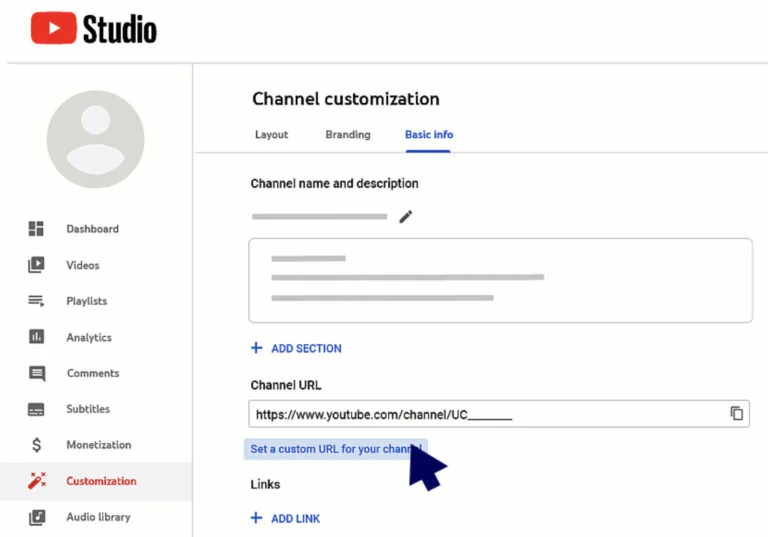Text Automation: Redefining Business Communication
In today’s fast-paced business world, the need for effective communication has become more critical than ever. Businesses are expanding beyond borders, teams are spread around the globe, and the number of remote workers is rising.
This geographical dispersion necessitates clear, concise, and efficient communication to ensure seamless operations, maintain productivity, and foster a well-connected workforce. Moreover, in the age of data-driven decision-making, the ability to communicate complex data and insights simply and effectively has become a key business imperative. One way to keep up with the ever-increasing business communication demands is to leverage text automation.
What Is Text Message Automation?
Text message automation is the use of artificial intelligence (AI) and machine learning (ML) to automate tasks related to writing, editing and publishing text. It enables organizations to generate more accurate and impactful communication quickly and efficiently compared to manual methods.
Text message automation tools can analyze written content for grammar, spelling, structure, sentiment, and tone to ensure the highest quality output. Additionally, they can provide insights on refining content for maximum effectiveness.
How Does It Work?
Text message automation analyses a body of text and extracts key features, such as sentiment, emotion, grammar, formatting and style. It then applies machine learning algorithms to identify patterns in the data and generate predictions about how the content should be refined or rewritten. Additionally, text message automation can streamline marketing campaigns by automatically generating personalized messages based on customer preferences.
Text automation can be used in a variety of ways to improve business communication. One example is using natural language processing (NLP) to generate reports from unstructured data automatically. This enables organizations to quickly and accurately summarize large amounts of data, eliminating the need for manual analysis.
Another example is using text message automation to create automated customer service conversations using chatbots. These chatbots can understand customer questions and provide on-demand answers without requiring the intervention of a customer service representative.
Benefits of Text Message Automation
Text automation offers some benefits for business communication. Automating mundane tasks can help streamline operations and reduce costs. Additionally, text message automation can enable businesses to generate more accurate and tailored communications quickly and efficiently, making it easier to provide personalized customer experiences and foster stronger relationships with clients.
Moreover, text message automation can help businesses gain insights from their data by providing an easy way to extract key information. This helps identify trends and patterns that may otherwise go unnoticed, giving organizations the edge they need to stay ahead of competitors.
Thirdly, text message automation tools can help ensure accuracy and consistency across all written content. This helps organizations maintain a consistent brand voice and protect their reputation from potential damage caused by miscommunication or errors.
Fourthly, text message automation can enable businesses to create more engaging content. By leveraging AI-driven insights on customer preferences and language trends, organizations can create content that resonates with their target audience and gains maximum engagement.
Getting Started With Text Message Automation
The first step in leveraging text message automation is to select a suitable tool. There are a variety of tools available that offer different features and capabilities. When selecting a tool, it’s important to consider your organisation’s specific needs and ensure that the chosen tool can meet those requirements.
Once you’ve selected a tool, setting up automated processes is next. This may involve creating templates for emails, setting up chatbots, or configuring a system to generate reports from unstructured data automatically.
Finally, it’s important to monitor the performance of your text message automation and make adjustments as needed.
Usually, businesses outsource their texting automation needs to external vendors. Outsourcing can help organizations reduce costs and access the latest technology without investing in additional infrastructure.
Clearly, text message automation offers several advantages for businesses that want to stay ahead of the competition and ensure that their communication remains effective and efficient. When getting started with text message automation, it’s important to consider your organisation’s specific needs and choose the right tool for the job. Additionally, outsourcing to experienced vendors can provide access to specialized expertise and help maximize efficiency.

Shahid Maqsood, an MBA and Master in Mass Communications, is a seasoned writer with over a decade of experience. Specializing in news and celebrity coverage, he brings a unique perspective from his love for hunting and camping. His work spans multiple platforms like dosttrusty.com and newsbreak.com,Quellpress.com , airriflehunting, and bruitly.com showcasing his versatility and depth. Shahid’s insightful articles reflect his expertise, authoritativeness, and trustworthiness, making him a respected and reliable voice in digital content creation. His contributions engage and inform readers, embodying professionalism and passion in every piece.







